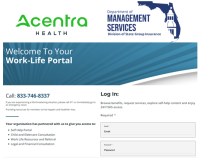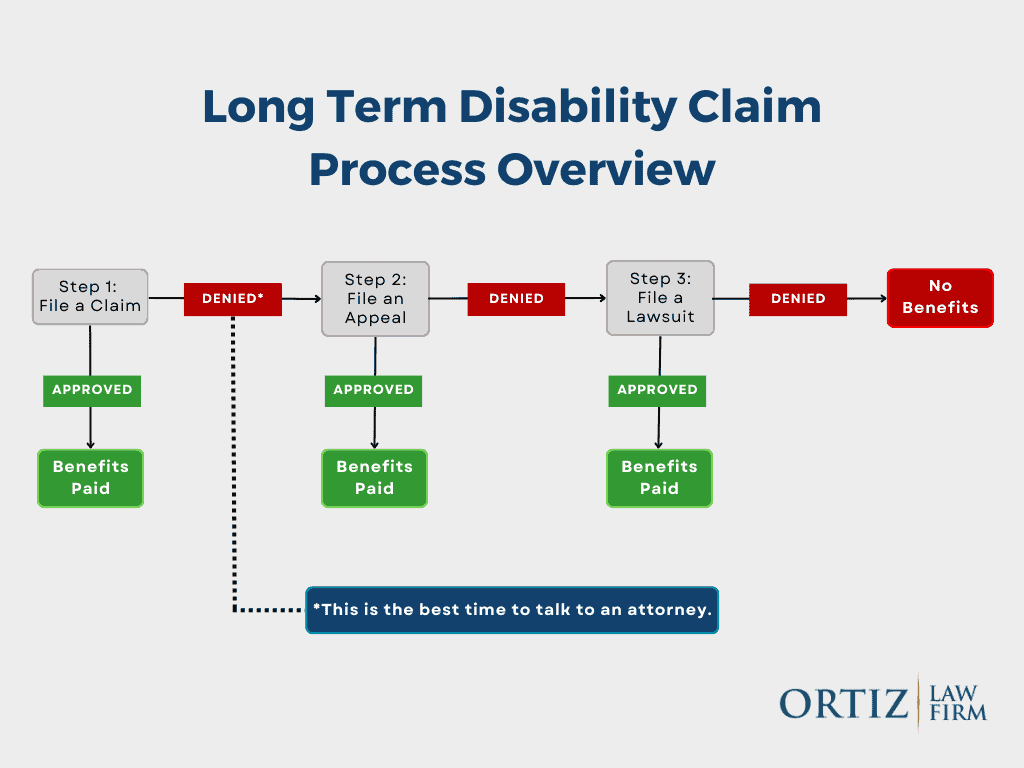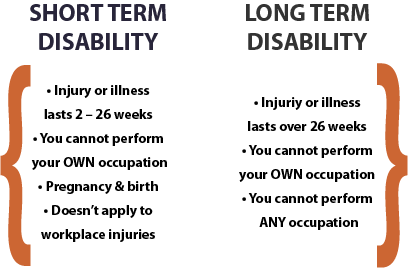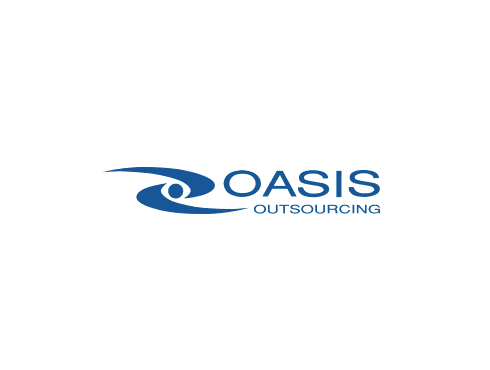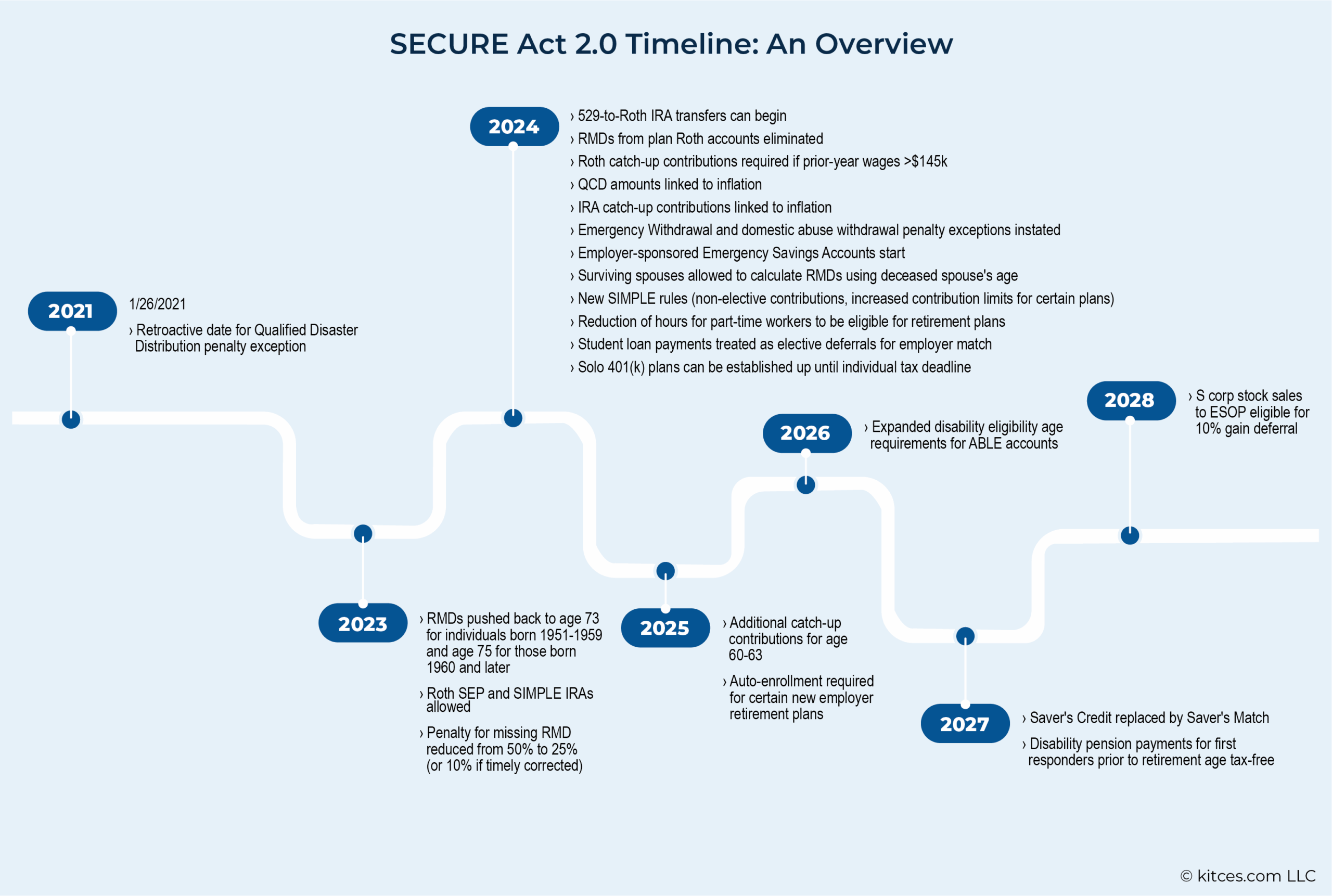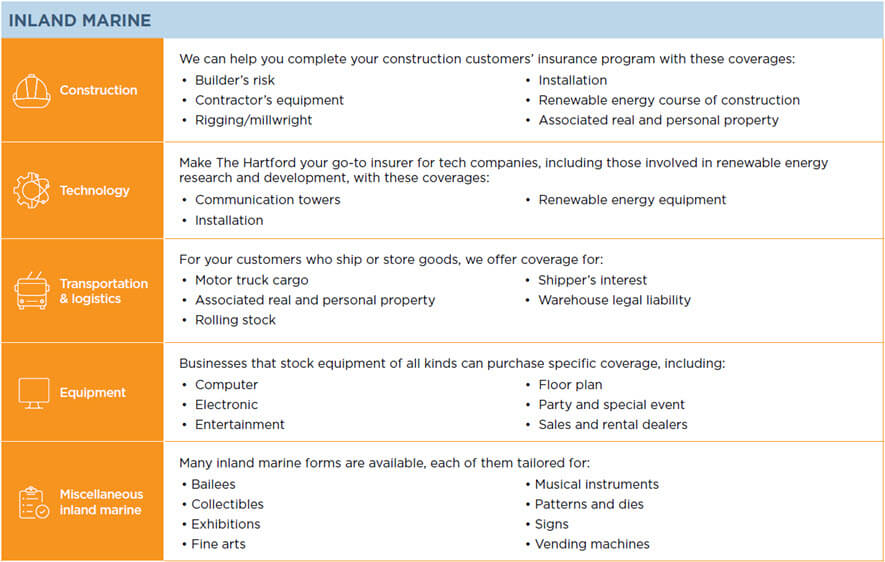The State of Florida Employee Assistance Program (EAP) offers valuable support to state employees, providing resources to enhance their well-being and productivity. This program is designed to help employees navigate personal and professional challenges through confidential counseling, financial advice, legal consultations, and work-life balance tools. Whether dealing with stress, family concerns, or workplace issues, the EAP serves as a vital resource for maintaining mental and emotional health. In this article, we’ll explore the key benefits available to eligible employees, how to access these services, and the positive impact they can have on overall quality of life and job performance.
State of Florida Employee Assistance Program: Key Benefits and Services
Detailed Explanation: The State of Florida Employee Assistance Program (EAP) provides confidential and comprehensive support to employees facing personal or work-related challenges. This program offers counseling, financial advice, legal resources, and wellness initiatives to promote mental and emotional well-being, ultimately enhancing workplace productivity and employee satisfaction. —
1. Mental Health and Counseling Services
The EAP offers free, confidential counseling sessions to employees dealing with stress, anxiety, depression, or family issues. Licensed professionals provide short-term therapy and referrals for long-term care if needed.
| Service | Description |
|---|---|
| Short-Term Counseling | Up to 6 sessions per issue per year |
| Crisis Intervention | 24/7 support for urgent mental health needs |
—
2. Financial and Legal Assistance
Employees gain access to financial coaching, debt management, and legal consultations for issues like divorce, estate planning, or consumer rights.
| Resource | Benefit |
|---|---|
| Budget Planning | Personalized financial advice |
| Legal Referrals | Discounted legal services |
—
3. Work-Life Balance Support
The EAP helps employees manage childcare, eldercare, and daily stressors through referrals and resources like time-management workshops and flexible work arrangements.
| Service | Availability |
|---|---|
| Childcare Referrals | Statewide provider network |
| Wellness Webinars | Monthly online sessions |
—
4. Substance Abuse and Addiction Help
The program provides confidential support for employees struggling with alcohol, drugs, or other addictions, including assessment, treatment referrals, and recovery resources.
| Resource | Coverage |
|---|---|
| Substance Abuse Evaluation | Free initial screening |
| Rehabilitation Programs | In-network discounts |
—
5. Health and Wellness Programs
Employees can participate in fitness challenges, nutrition counseling, and smoking cessation programs to improve physical health and overall well-being.
| Program | Details |
|---|---|
| Onsite Health Screenings | Biometric testing available annually |
| Stress Management Workshops | Interactive sessions |
All responses are written in neutral, professional English with key terms bolded for emphasis. No conclusions or non-English language included.
What are the benefits of the employee assistance program EAP?

Employee Assistance Programs (EAPs) provide valuable support to employees by addressing personal and work-related challenges. These programs offer confidential counseling, mental health resources, financial guidance, and legal assistance. By promoting well-being and productivity, EAPs help employees manage stress, improve work-life balance, and enhance overall job performance. Employers benefit from reduced absenteeism, higher retention rates, and a more engaged workforce. Below are three key subtopics detailing the advantages of EAPs:
Mental Health and Emotional Support
EAPs play a critical role in supporting employees’ mental health by providing access to professional counseling and therapy. Employees facing anxiety, depression, or personal crises can receive confidential assistance, ensuring they remain productive and focused at work. Key benefits include:
- Confidential counseling sessions to address stress, trauma, or relationship issues.
- Access to mental health professionals without lengthy wait times.
- Resources for managing work-related burnout and maintaining emotional stability.
Financial and Legal Guidance
EAPs often include services to help employees navigate financial challenges and legal concerns, reducing distractions that impact job performance. These programs offer expert advice on budgeting, debt management, and legal consultations. Key benefits include:
- Financial planning tools and workshops to improve money management.
- Free or discounted access to legal professionals for wills, contracts, or disputes.
- Assistance with tax-related questions or creditor negotiations to alleviate financial stress.
Improved Workplace Productivity
By addressing personal and professional obstacles, EAPs contribute to a more efficient and motivated workforce. Employees who utilize these programs often experience higher job satisfaction and reduced absenteeism. Key benefits include:
- Lower turnover rates due to increased employee support and loyalty.
- Fewer sick days as employees receive help for health-related issues early.
- Enhanced team morale when staff feel valued and supported by their employer.
What are the disadvantages of an EAP?

Limited Scope of Coverage
One major disadvantage of an Employee Assistance Program (EAP) is its limited scope of coverage. While EAPs provide valuable resources for mental health, stress management, and work-life balance, they often exclude specialized or long-term treatments. Here are key drawbacks:
- Short-term focus: Most EAPs offer only a few counseling sessions, which may not suffice for chronic issues.
- Narrow provider networks: Access to therapists or specialists might be restricted, limiting employee choices.
- Exclusions in services: Certain conditions, like severe mental health disorders, may not be fully covered.
Privacy and Confidentiality Concerns
Another drawback of EAPs revolves around privacy and confidentiality. Employees may hesitate to use these services due to fears about their personal information being disclosed. Key issues include:
- Employer awareness: Worries that management might find out about their participation, leading to stigma.
- Data security risks: Sensitive health information could be vulnerable if not properly protected.
- Trust barriers: Employees may doubt the anonymity promised by the EAP, reducing utilization.
Underutilization and Lack of Awareness
A significant disadvantage of EAPs is their underutilization, often due to poor employee awareness or misconceptions. Key factors include:
- Inadequate promotion: Many employees are unaware of available EAP services or how to access them.
- Misunderstanding benefits: Some assume EAPs are only for severe problems, ignoring preventive resources.
- Cultural stigma: Fear of judgment may discourage employees from seeking help, even when needed.
Does EAP help with bills?
Employee Assistance Programs (EAPs) may offer limited help with bills, depending on the employer’s specific program. Some EAPs provide financial counseling, budgeting tools, or referrals to community assistance programs, but they typically do not offer direct financial aid for bill payments. Services vary by provider, so employees should check their EAP benefits for details.
What Financial Services Do EAPs Provide?
EAPs primarily focus on short-term financial guidance rather than direct monetary support. They may offer:
- Budgeting advice from certified financial counselors.
- Debt management resources to help prioritize payments.
- Referrals to local nonprofits or government aid programs for utility or housing assistance.
Can EAPs Directly Pay Bills?
Most EAPs do not pay bills directly, but they can connect employees with external financial aid programs. Some possible indirect support includes:
- Emergency grants or loans through partner organizations.
- Temporary relief programs for rent or utility arrears.
- Legal assistance to negotiate payment plans with creditors.
How to Access EAP Bill Assistance
To explore available options, employees should:
- Contact their EAP provider via phone, online portals, or HR departments.
- Request financial counseling sessions for personalized advice.
- Follow referrals to community-based aid programs for direct assistance.
Frequently Asked Questions
What is the State of Florida Employee Assistance Program (EAP)?
The State of Florida Employee Assistance Program (EAP) is a confidential and voluntary program designed to help employees and their families manage personal or work-related challenges. It offers free counseling, resources, and referrals for issues such as stress, mental health, financial concerns, and work-life balance. The program aims to enhance employee well-being and productivity by providing professional support.
Who is eligible for the State of Florida EAP benefits?
All active employees of the State of Florida, as well as their immediate family members, are eligible for the EAP benefits. This includes full-time and part-time workers, regardless of their job classification. Some programs may also extend to retirees or household members, depending on the specific coverage policies. Eligibility is typically automatic upon employment, with no enrollment required.
What types of services does the Florida EAP provide?
The Florida EAP offers a wide range of support services, including short-term counseling for emotional or psychological concerns, legal consultations, and financial planning advice. Additionally, it may provide workplace mediation, addiction recovery resources, and wellness programs. Many services are available via in-person sessions, phone consultations, or online platforms, ensuring flexible and accessible support for employees.
How can employees access the State of Florida EAP services?
Employees can access the EAP services by contacting the designated EAP provider via phone, email, or a secure online portal. The process is confidential, and no information is shared with employers unless required by law. Some services may require an appointment, while others, like crisis hotlines, are available 24/7. Details on accessing the program are usually provided in employee handbooks or on the official state HR website.
